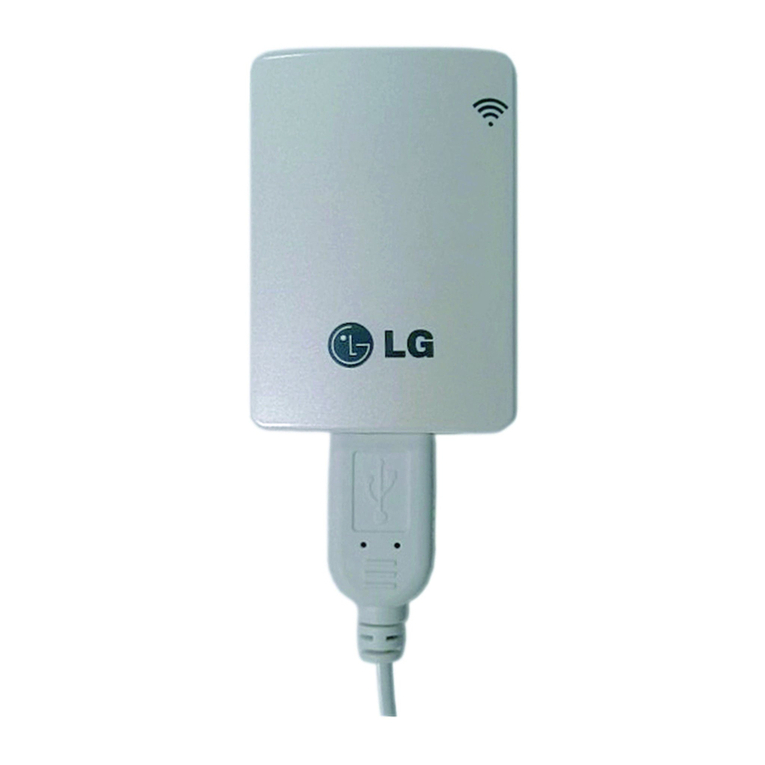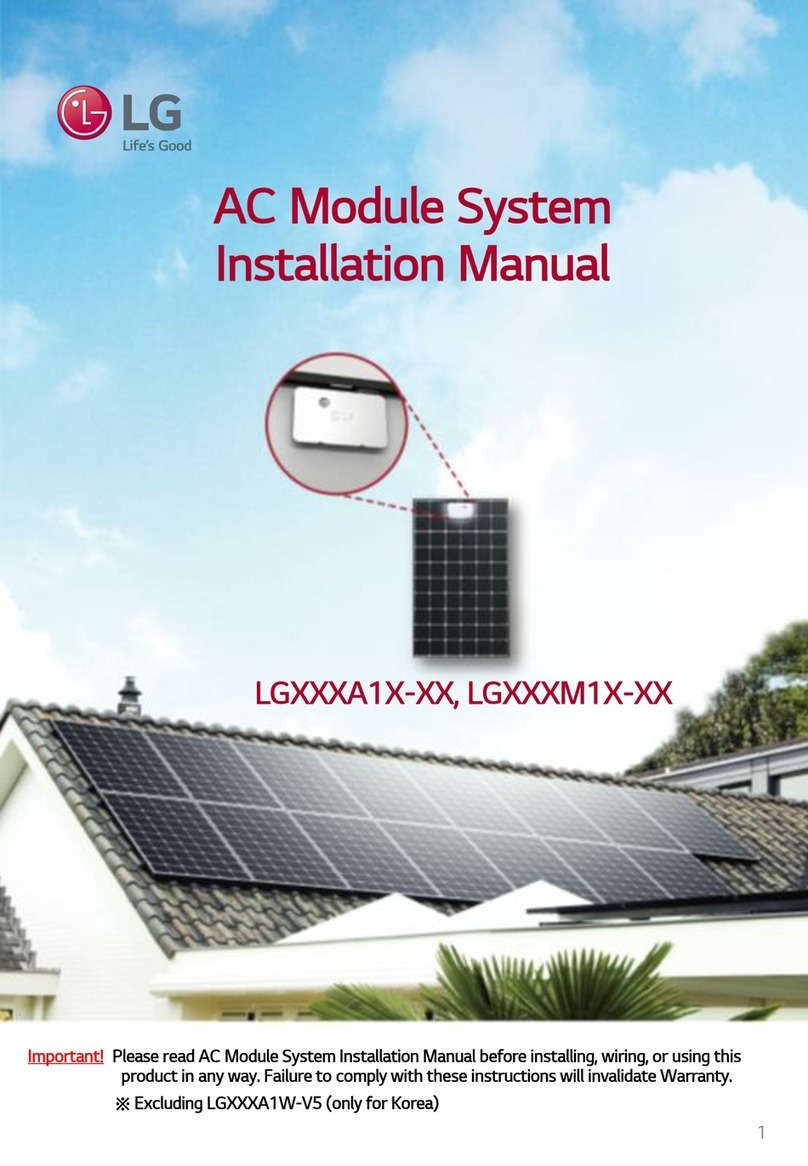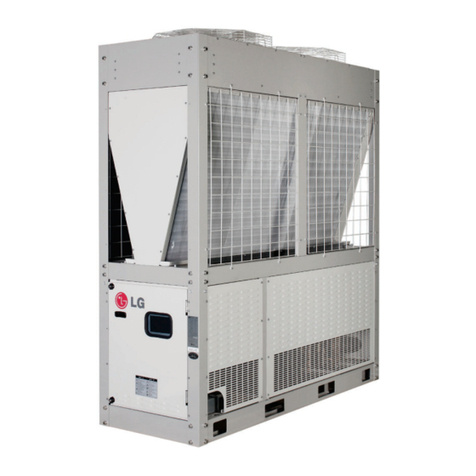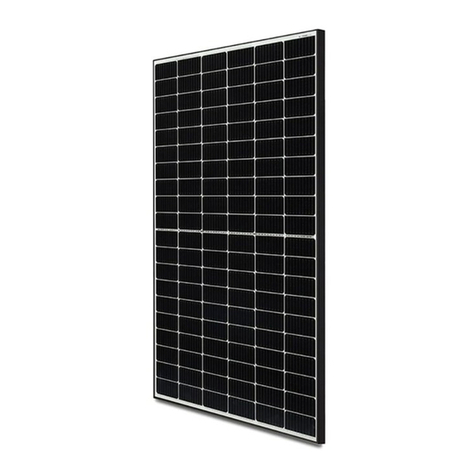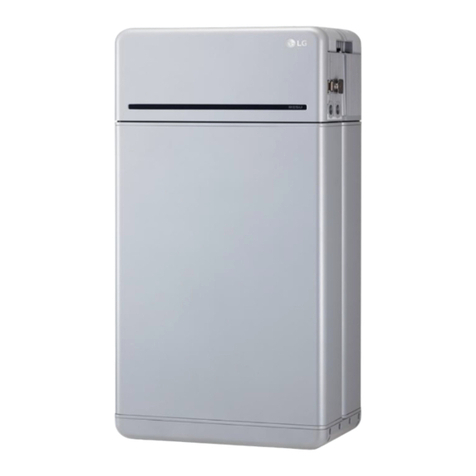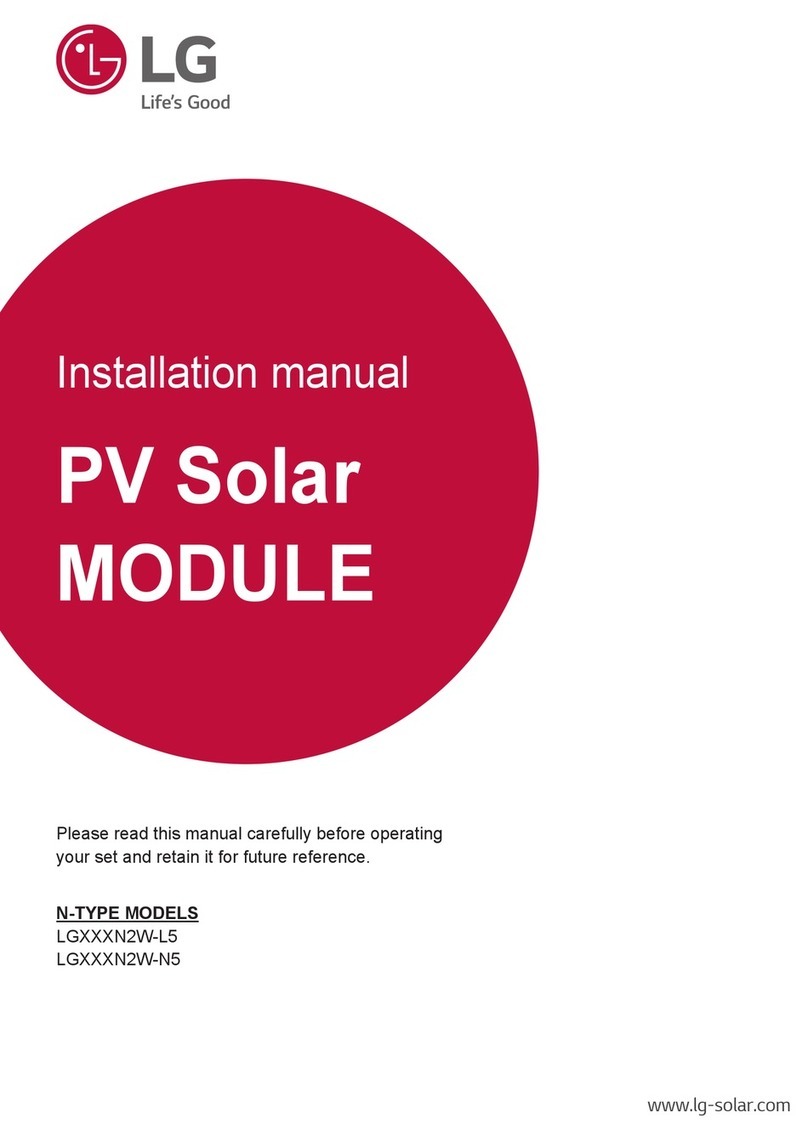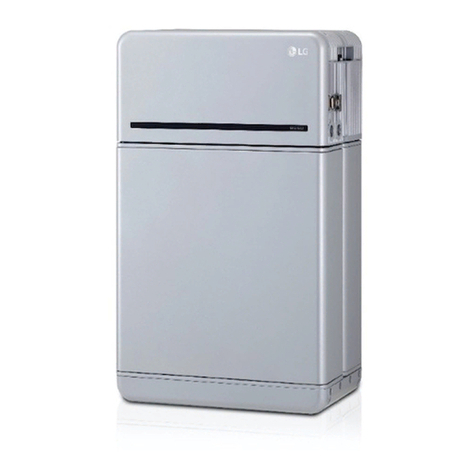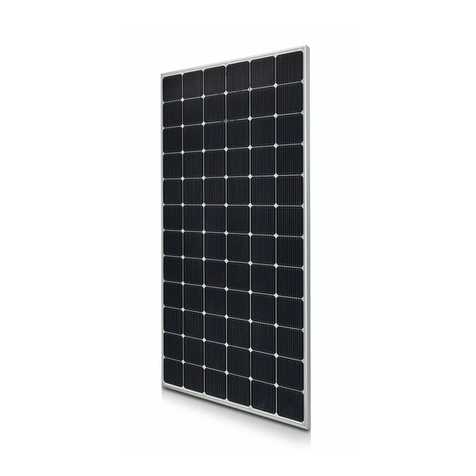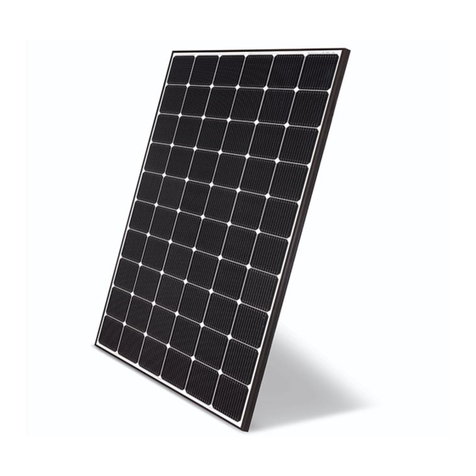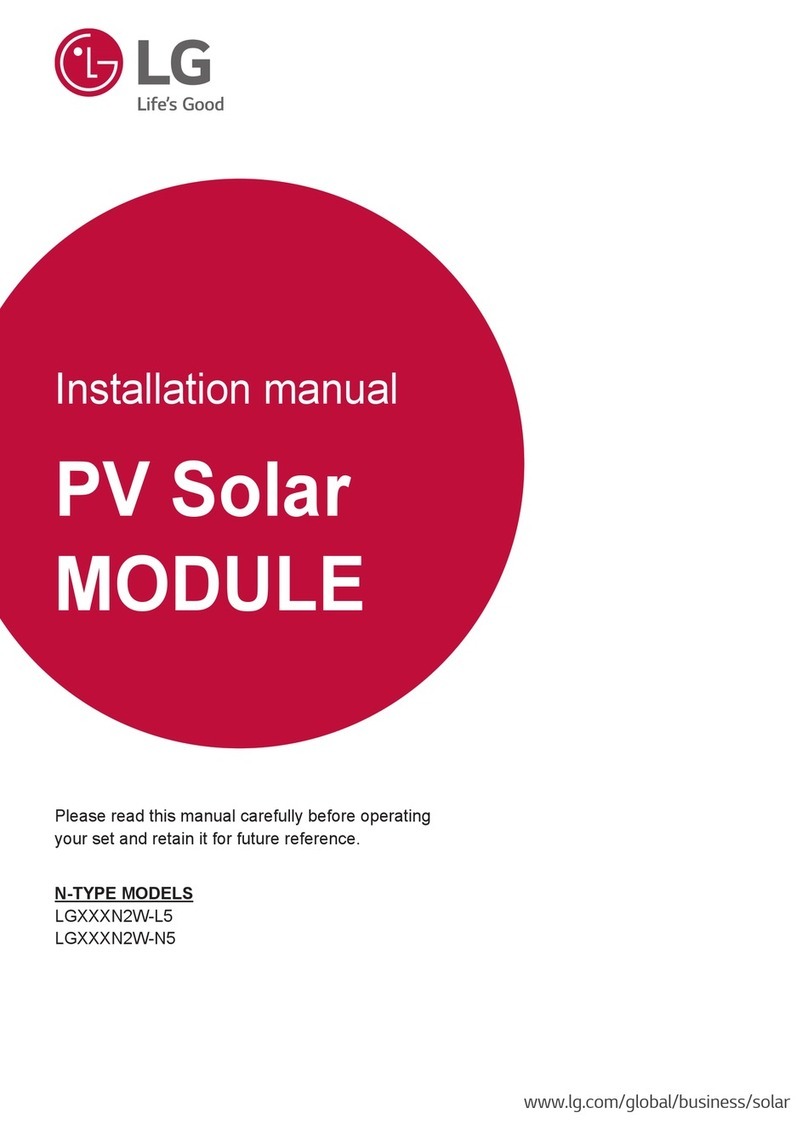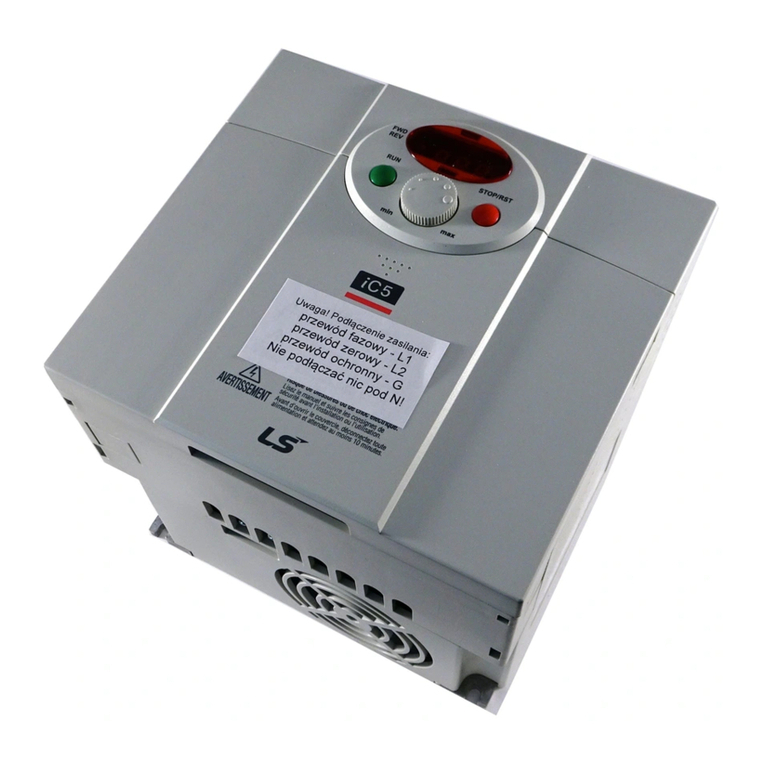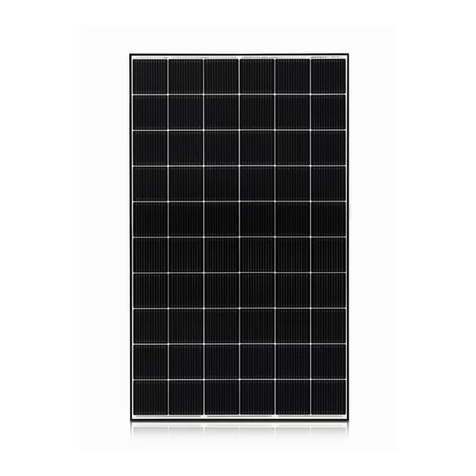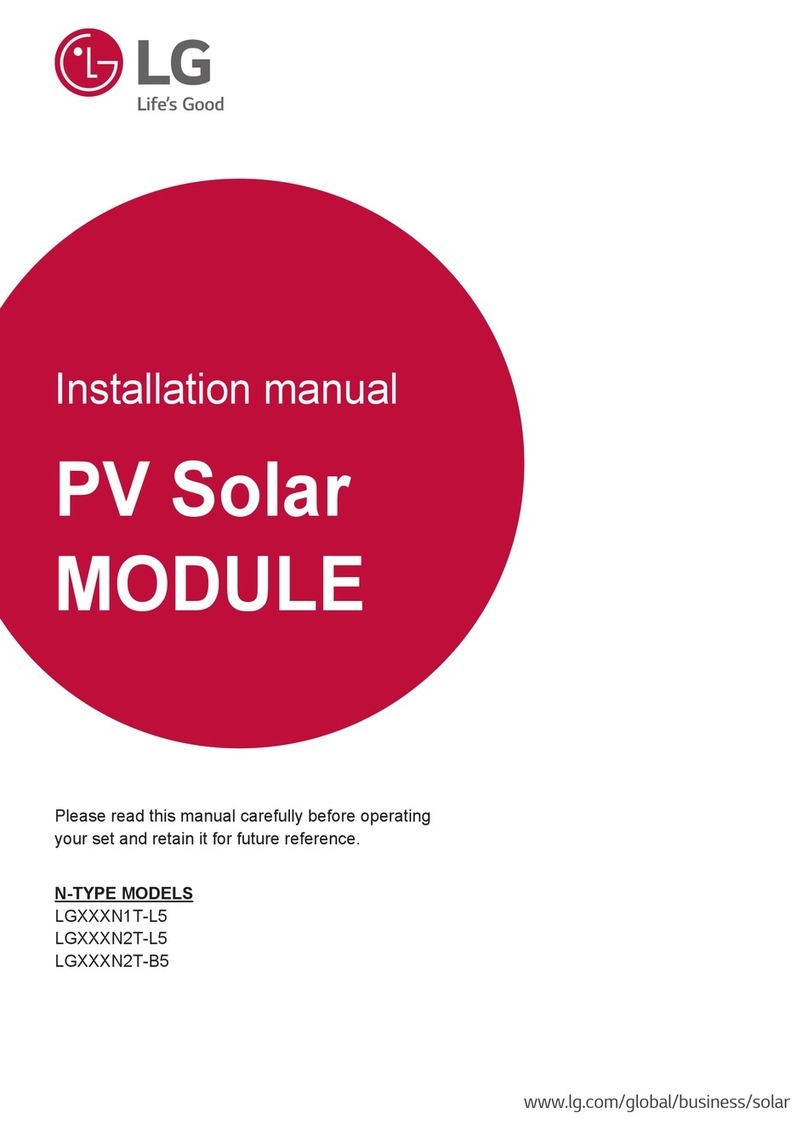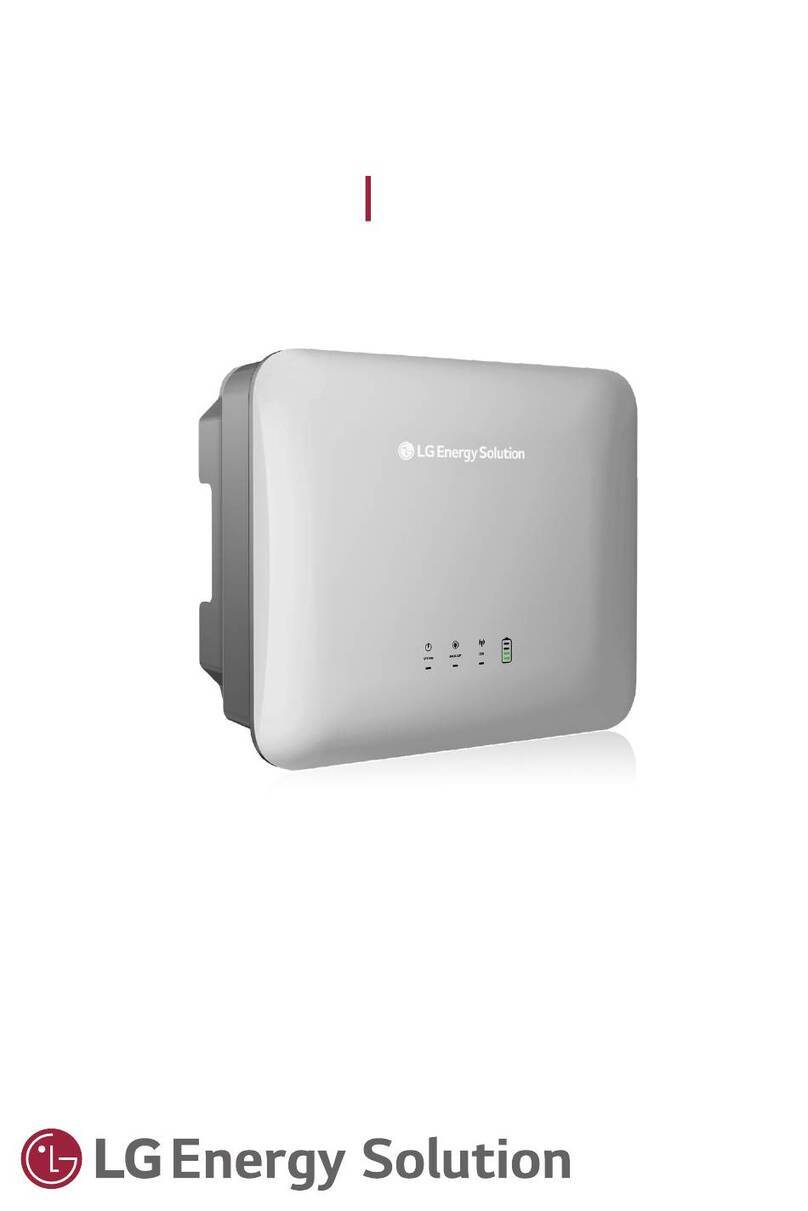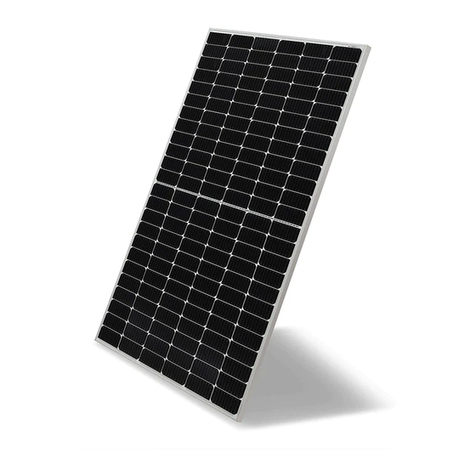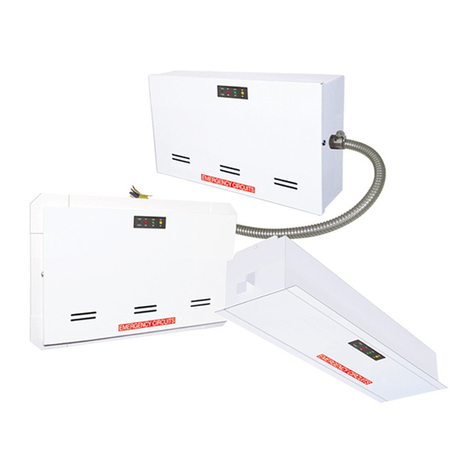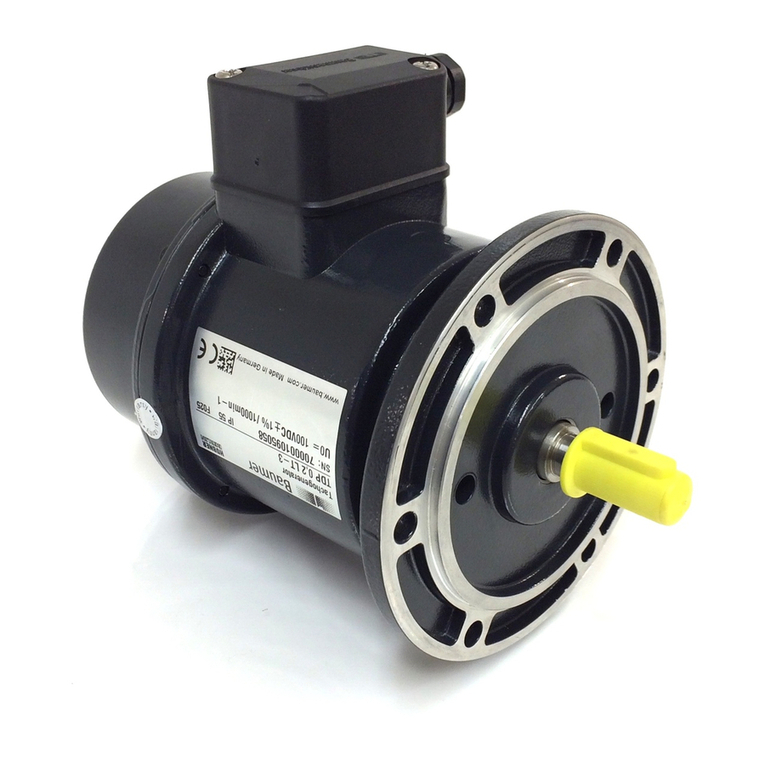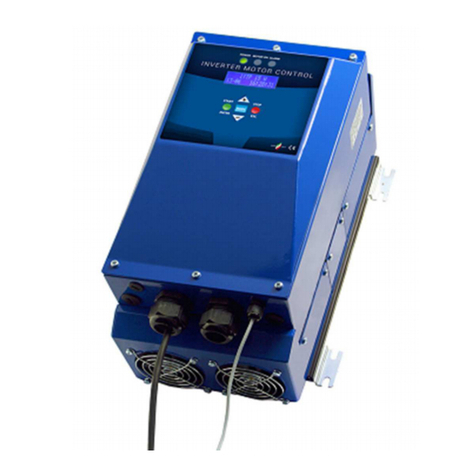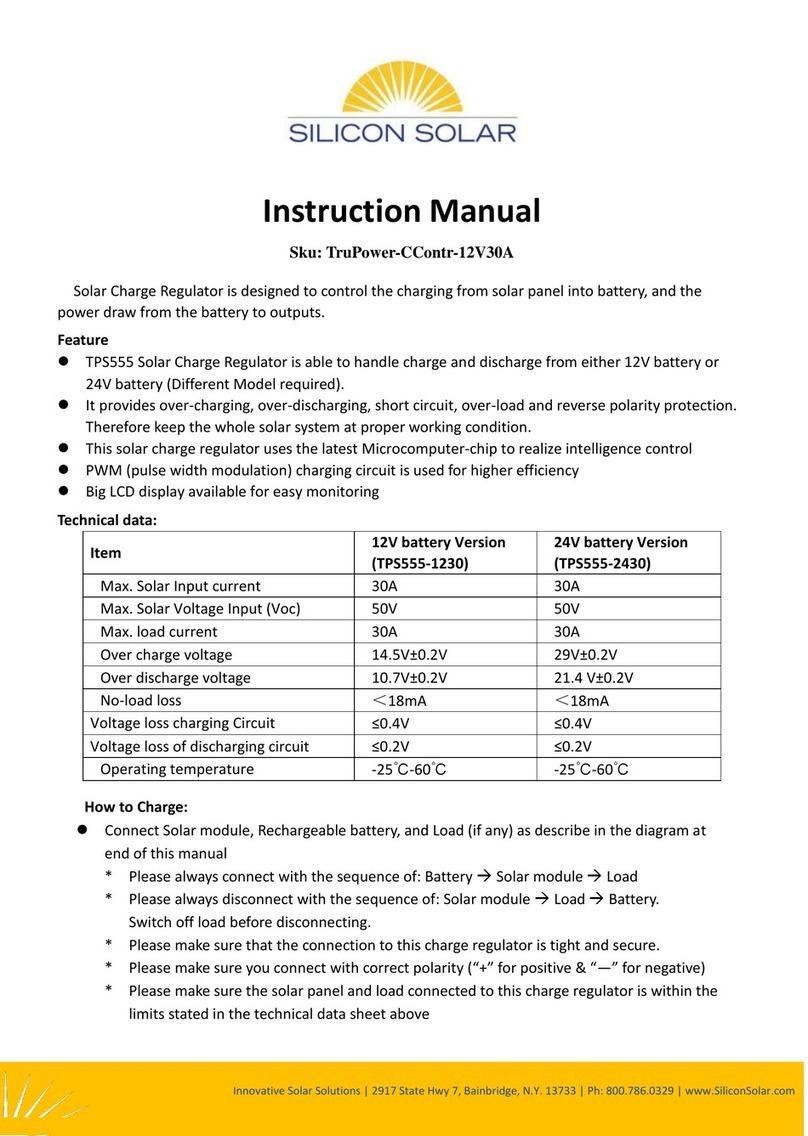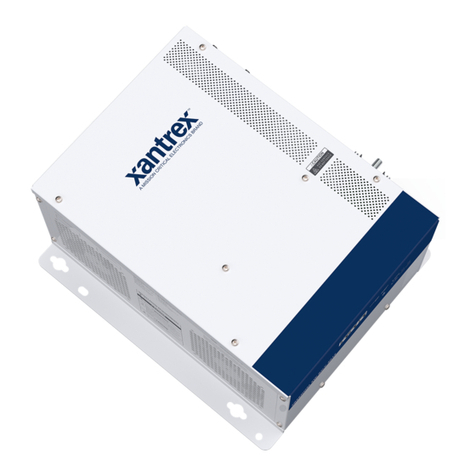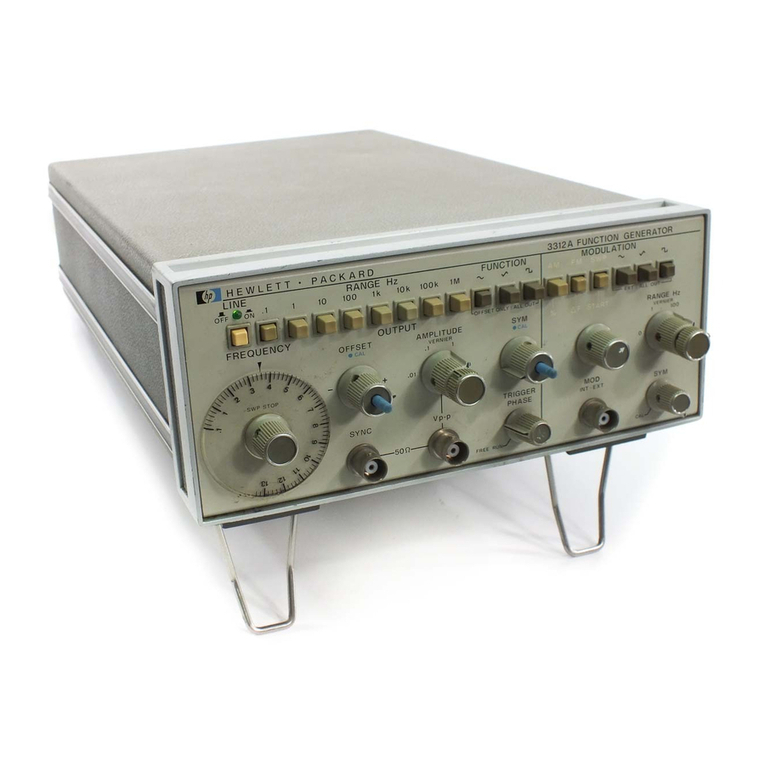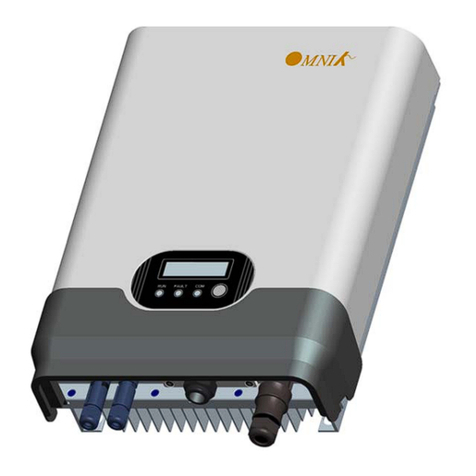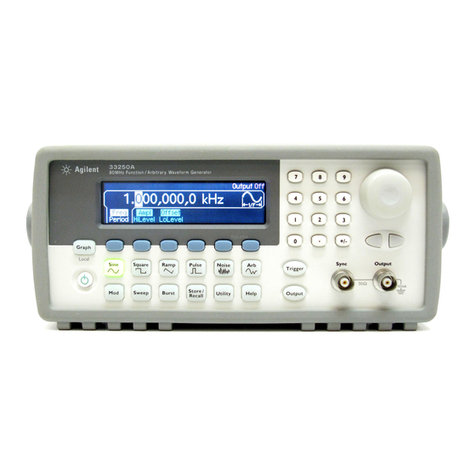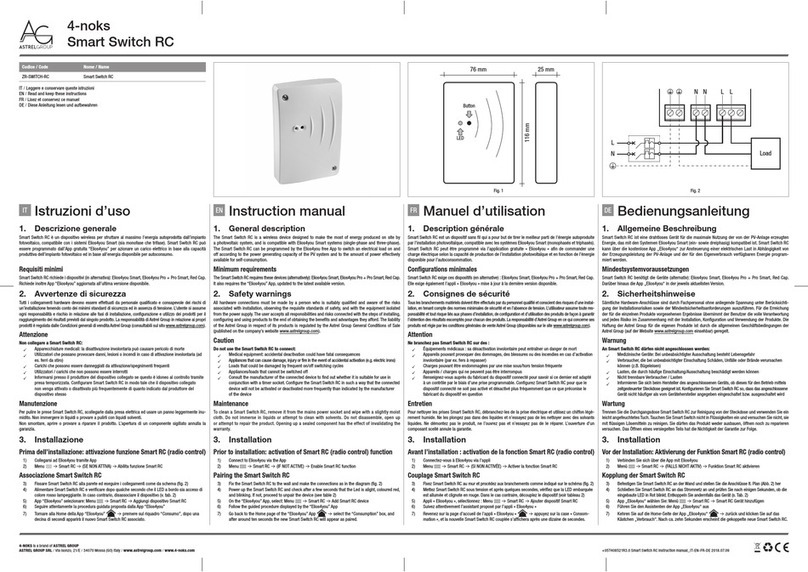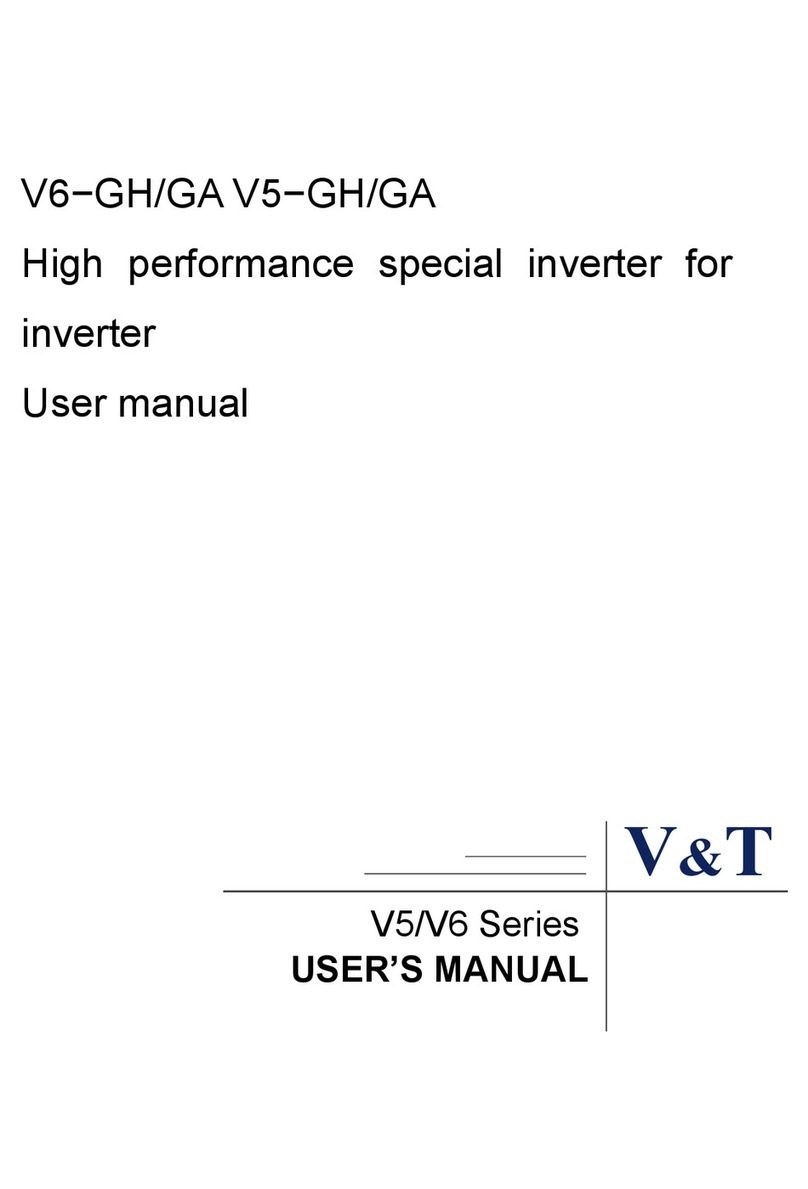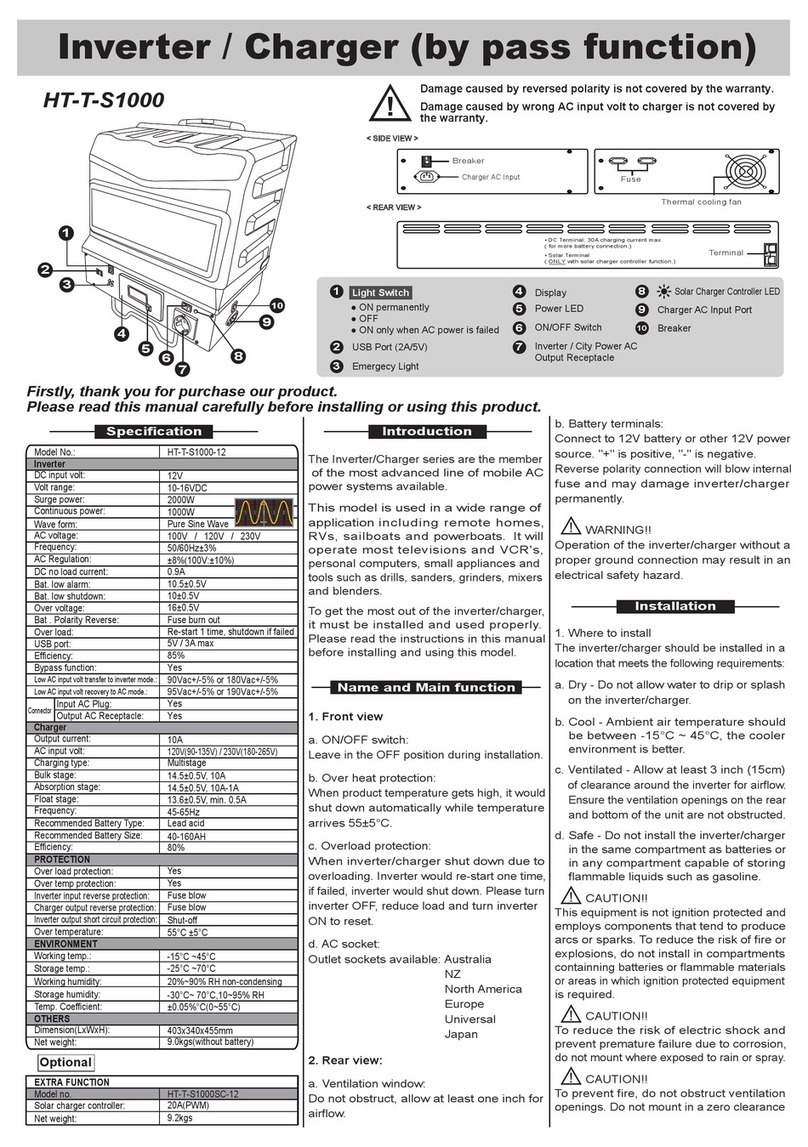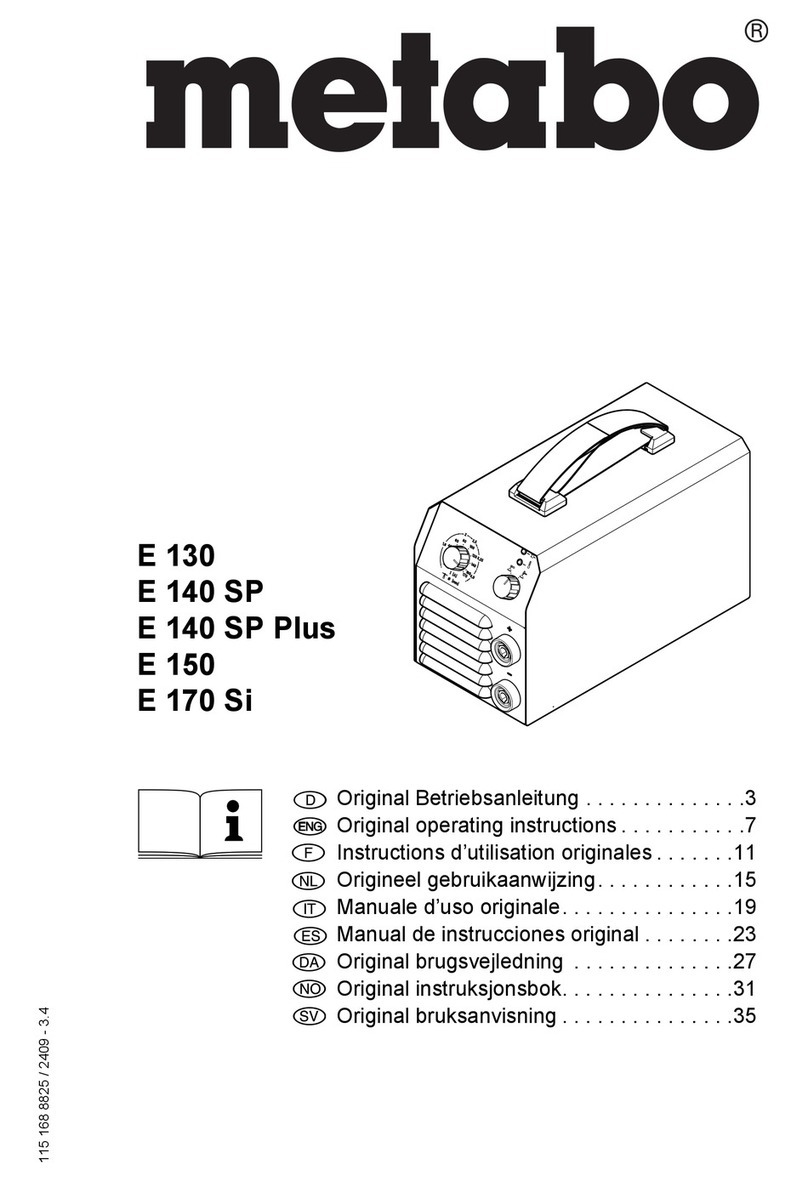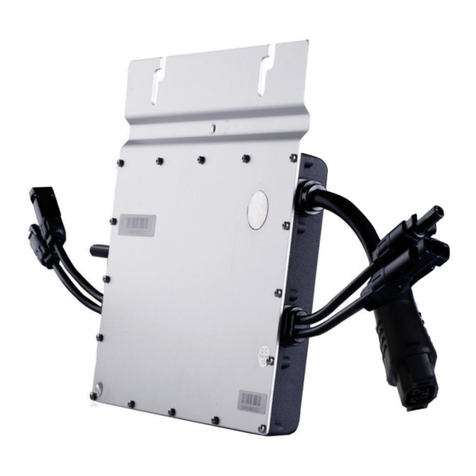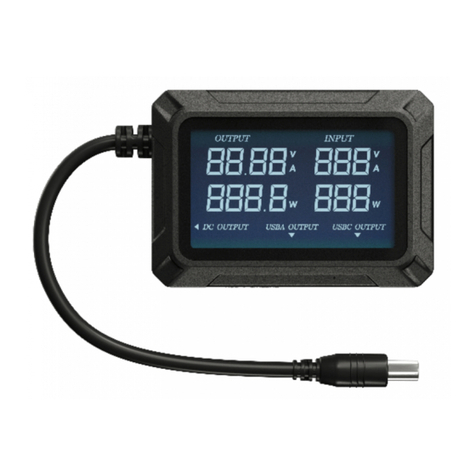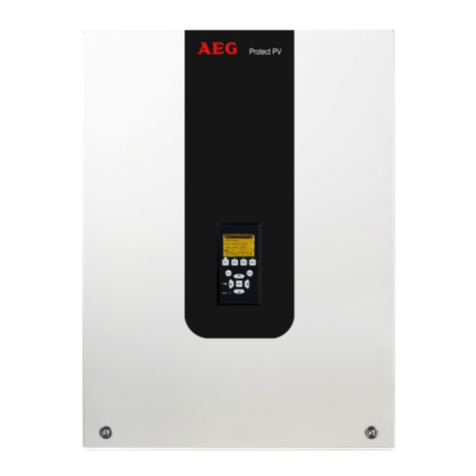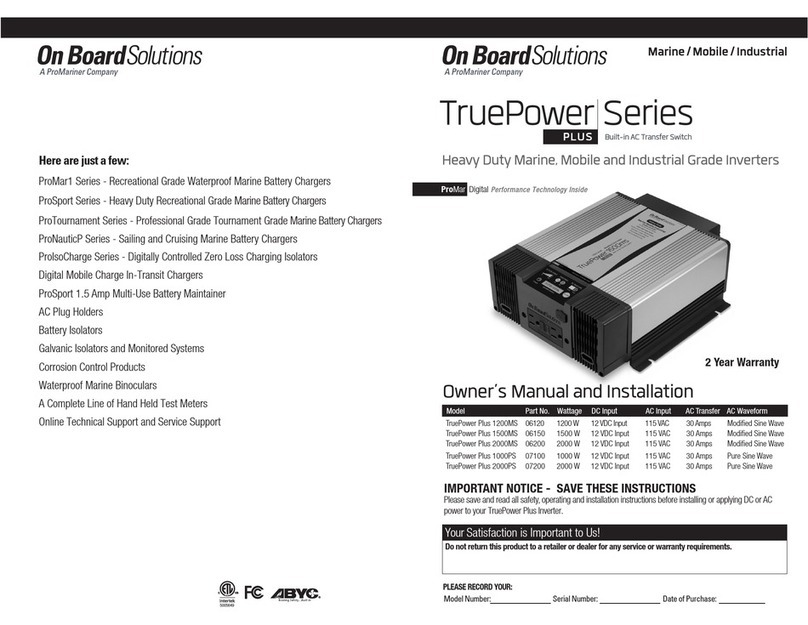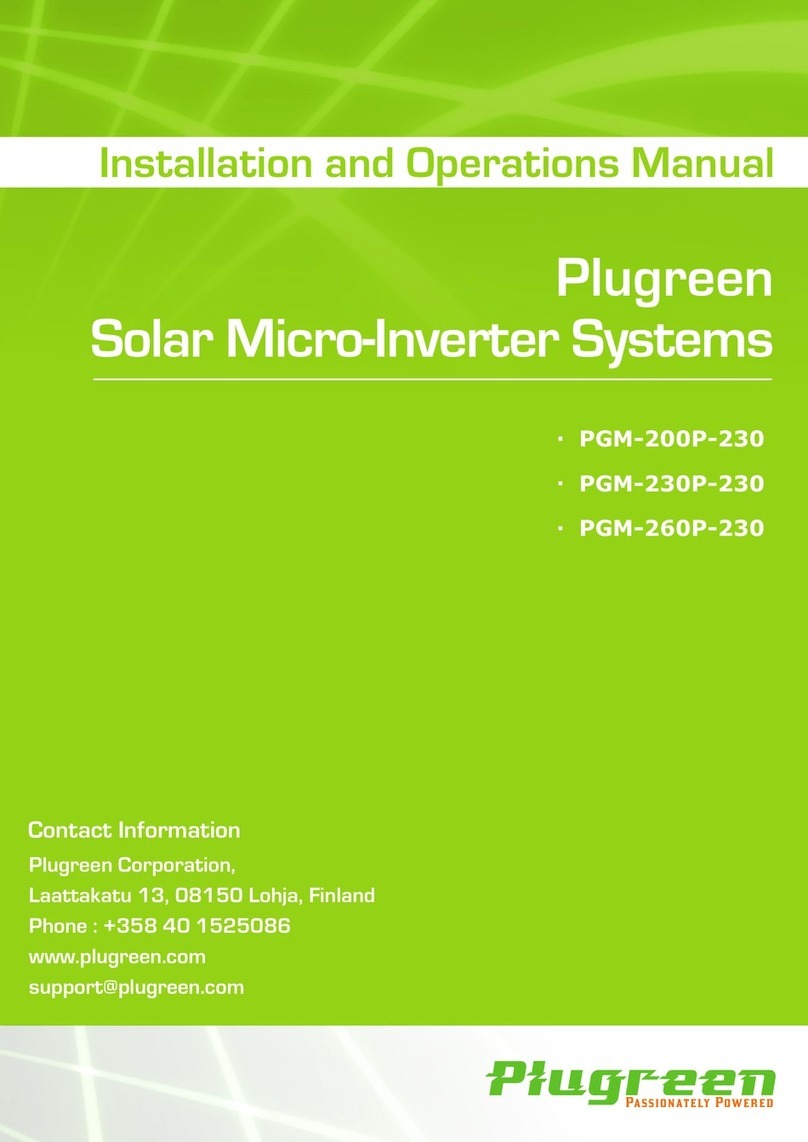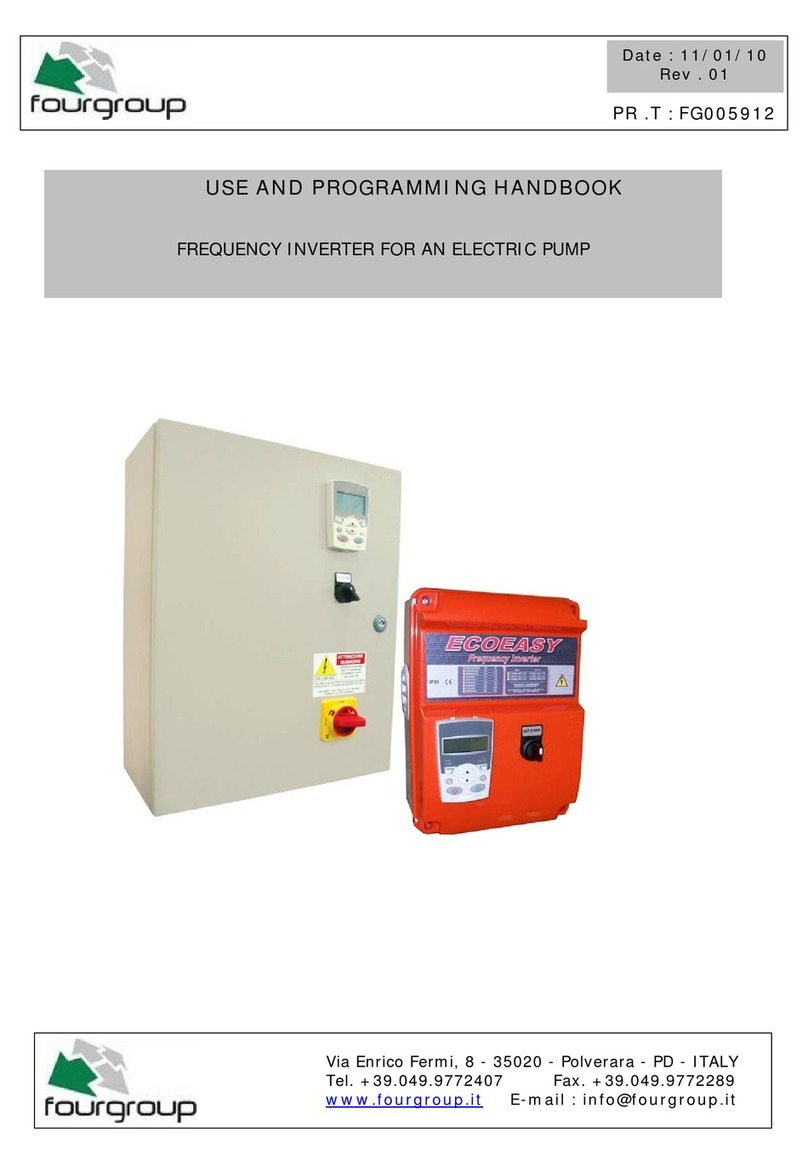Parallel Connection
The solar modulesmay be combinedin parallel to
produce the desired current output.
When modules are combined in parallel, the total
current is equalto the sum of currents from each
module.
The voltage of each module connectedin parallel
shouldbe the same.
Whenconnecting plural strings of modulesin parallele
very series string or solar modulemust be fused priort
o combiningwith other strings.
Abide with all applicablefederal, state, and local codes
for additional fusing requirementsand limitationson the
maximum number of solar modulesin parallel.
Maximum series fuse rating is refer to “Product
Specifications; page11”.
Parallel configuration is not limited if proper measures
are taken to block the reverse current flow, e.g. fuses f
or the protection of the module and cables from over-
current for prevention of unbalanced string voltage.
LG Electronics recommends to take blocking diode
for prevention of unbalanced string voltage.
The reverse current flow in the string may be caused by
amoduleshortcircuit,incorrectwiring,shadow,etc.
Blocking diodes must have :
1) VRRM(Repetitive Peak Reverse Voltage) :
1.5times of maximum system voltage
2) IF (Average Forward Current) :
2 times of Isc (PV module short circuit current)
※It is selected in consideration of the thermal
characteristics of the diode, and it is recommended
to use acomponent of 30mA or less for IRRM
(Repetitive Peak Reverse Current, max).
Amultiplying factoris requiredfor increased output
of the PV modules.Under normal conditions, a PV
moduleis likely to experience conditionsthat produce
more current and/or voltage than reported at standard
test conditions. The requirements of the National Elect
rical Code (NEC) in Article 690 shall be followedto ad
dress theseincreased outputs.
The values of Isc and Voc marked on this PV module
shouldbe multiplied by a factor of 125% when determ
ining component voltage ratings, conductor ampacitie
s, fuse sizes, and size of controls to the PV output.
Depending on national directives, additional safetyfact
ors might be applicable for over current protection.
General Wiring
LGElectronicsrecommendsthatallwiring bedouble
insulatedwitha minimumratingof 90°C(194°F).
AllWiringshoulduseaflexiblecopper(Cu) conductor.
Theminimumsizeshouldbedeterminedbythe
applicablecodes.
LGElectronicsrecommendsasizenosmaller than
12AWG.. 7
Earth Grounding
All work must be conducted in conformancewith all
Federal, State, and local codesand standards.
Groundingworks should be performed by an authoriz
ed installer for the safety and maintenance of the syst
em in accordance with all national, state and local ele
ctrical codes and regulations and standards.
Specific information on the solar moduledimensions a
nd locationof grounding holes is provided in “Product S
pecifications”.
One M4 stainless steel bolt, onenut, one springwash
er, two flat washers, one cup washer, one star washe
r and 12 AWGCu wires are recommended per mount
ing hole.
Where common grounding hardware (nut, bolts,washe
rs) is used to attacha listed grounding device, the attac
hment must be made in conformancewith the groundi
ng device manufacturer’s instructions.
All hardware should be consist of corrosionresistant
material such as stainless steel.
There is an earth hole on the edge of the module f
rame. Using this hole, an earth conductor and the
solar moduleframemay be recommended to be c
onnectedand earthed as the below drawing.
All screws andnuts shall be tightenedto a torque of
4~5 N∙m.
A modulewith exposed conductive parts is
consideredtobeincompliancewithCSA/UL61730only
wheniselectricallygroundedinaccordancewith the
instructionspresentedbelowandtherequirementsof
theNationalElectricalCode.
Theinstallationinstructionsshallinclude:
1.Detailsforwiring shallcomplytheNEC Article690.
2.Detailsforthegroundingmethodofthe frameof
arraysshallcomply with theNEC Article 250.
3.CNLmodelinstructionmanualsshallalsoinclude
a statementthatinstallationshallbeinaccordance
with CSA C22.1, SafetyStandard for Electrical
Installations,CanadianElectricalCode,Part1.
Bondingpointsto ground shouldbe tight, secureand free fro
m corrosion. (Maintenance is especially important in areas wit
hhigh levels of salt in the atmosphere, such as coastal areas
and the surroundingseas.)
Module frame
Bolt
Flat washer
Star washer
Cup washer
Grounding wire
Flat washer Spr
ing washer
Nut
